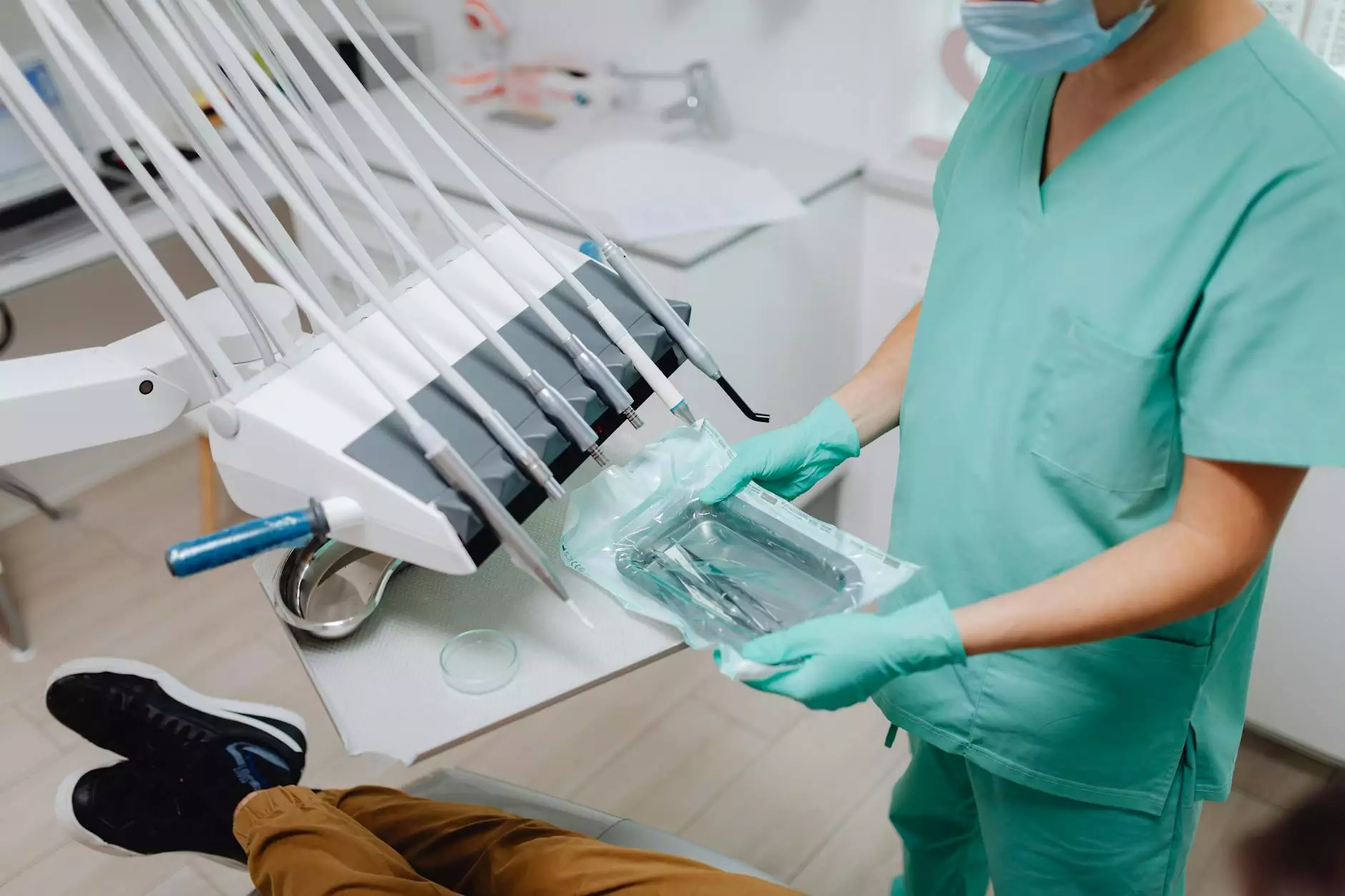Lung Cancer Screening: A Comprehensive Guide to Early Detection

Lung cancer remains one of the leading causes of cancer-related deaths globally. Early detection through lung cancer screening has become a crucial component in combating this life-threatening disease. This article delves deep into the significance of lung cancer screening, the various methods available, and how it can significantly impact patient outcomes.
The Importance of Lung Cancer Screening
Regular screening for lung cancer is essential due to the often asymptomatic nature of the disease in its early stages. Many patients are diagnosed at advanced stages, at which point treatment options are limited, and survival rates diminish. Here are some important aspects of lung cancer screening:
- Early Detection Saves Lives: Studies indicate that early detection through low-dose computed tomography (LDCT) can reduce lung cancer mortality by 20% or more in high-risk populations.
- Identifying High-Risk Patients: Screening helps in identifying individuals who may not show symptoms but are at a heightened risk due to factors like smoking history, age, and family history of lung cancer.
- Enhanced Treatment Options: When detected early, lung cancer may be treated more effectively, allowing for a better prognosis and potential surgical options.
Who Should Consider Lung Cancer Screening?
Screening is not for everyone; it is primarily recommended for specific groups of people. According to the current guidelines, these include:
- Adults aged 50 to 80 years.
- Individuals who have a history of heavy smoking (smoking a pack of cigarettes per day for 20 years or more).
- People who are still smoking or have quit within the last 15 years.
- Those with a family history of lung cancer.
Methods of Lung Cancer Screening
The primary method of lung cancer screening endorsed by healthcare providers is the Low-Dose Computed Tomography (LDCT) scan. Here’s a closer look:
Low-Dose Computed Tomography (LDCT)
LDCT is specifically designed to capture high-resolution images of the lungs using a lower dose of radiation compared to standard CT scans. This method has proven effective in detecting lung nodules and early-stage lung cancer.
Benefits of LDCT
- Reduced Radiation Exposure: LDCT uses significantly less radiation than traditional CT scans.
- High Detection Rate: It has a higher rate of detecting lung cancer compared to chest X-rays.
- Non-Invasive: The procedure is non-invasive and typically lasts no more than 15 minutes.
Preparing for a Lung Cancer Screening
Before undergoing a lung cancer screening, patients should consider the following:
- Consultation: Discuss your smoking history and any symptoms with your healthcare provider.
- No Smoking on the Day: It’s advisable not to smoke a few hours before the screening to provide clearer results.
- Wear Comfortable Clothing: Loose-fitting clothes without metal accessories are recommended for the scan to ensure easy access.
Understanding the Results
After the screening, the results will usually be available within a few days. The potential outcomes typically include:
- No Suspicious Nodules: If no nodules are detected, follow-up screenings are often recommended annually.
- Non-Cancerous Nodules: Most nodules turn out to be non-cancerous and can be monitored through regular check-ups.
- Suspicious Nodules: If nodules show concerning characteristics, further testing like a biopsy may be necessary.
Benefits of Early Lung Cancer Detection
Detecting lung cancer at an earlier stage allows for a wider range of treatment options, potentially leading to:
- Surgical Intervention: Early-stage lung cancer may be treated effectively with surgery to remove the tumor.
- Targeted Therapies: Advancements in treatment have led to therapies tailored for specific cancer types, improving outcomes.
- Increased Survival Rates: Overall, early detection has been linked to increased survival rates and quality of life post-treatment.
Addressing Concerns and Misconceptions
Despite the proven benefits, many people have concerns about lung cancer screening. Some common misconceptions include:
1. Screening is Only for Smokers
While smoking significantly increases risk, non-smokers with a family history or other risk factors may also need screening.
2. Screening Generates False Positives
While false positives can occur, most of the time, they lead to further evaluation, which helps ensure accurate diagnosis.
3. It’s Too Late to Screen
Even if you have symptoms, screening can help evaluate your condition and guide potential treatment options.
The Future of Lung Cancer Screening
Research continues to advance in the realm of lung cancer screening and detection. Some trends and innovations include:
- Biomarker Testing: Utilizing blood tests to identify lung cancer risk and improve screening effectiveness.
- AI and Imaging Analytics: Implementing artificial intelligence in imaging to enhance interpretation accuracy and reduce false positives.
- Personalized Screening Plans: Developing individualized screening programs based on one’s unique risk profile.
Conclusion: Take Charge of Your Lung Health
In conclusion, lung cancer screening is a pivotal strategy in enhancing early detection and improving survival rates. By recognizing who is at risk and understanding the available methods, individuals can take proactive steps towards their lung health. If you or a loved one falls into the high-risk category, it is essential to discuss screening options with your healthcare provider.
At Hello Physio, we are dedicated to supporting your health and well-being. Our team is equipped with the expertise in Health & Medical, Sports Medicine, and Physical Therapy to assist you on your path to a healthier lifestyle. Don't wait—schedule your lung cancer screening today and take the first step towards safeguarding your health.








